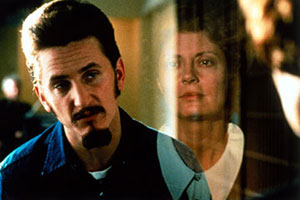
Most screenplays have some sort of character arc but this “transformation” typically fails to move us. Here I explore what sort of change does tend to profoundly affect your audience.
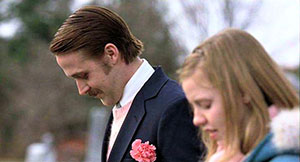
In the great endings the hero typically does in the final act what they could not have done at the beginning, and this shift seems to be fundamental if you want to profoundly move your audience.
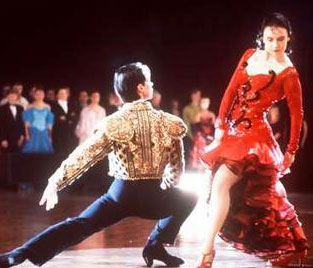
Most screenplays suffer because the resolution comes too easily. You must make it really hard for your hero – and that doesn’t mean making the antagonist 6 inches taller or 40 IQ points smarter.
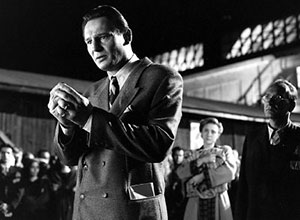
In the last post, I noted the hero rarely gets what they wanted in a profoundly moving ending. Here we explore the ecstasy they get to balance the agony.
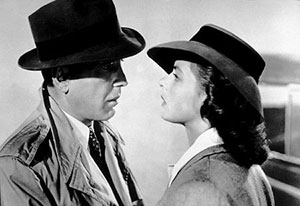
Think your hero needs to triumph at the climax to satisfy the audience? That’s a rookie mistake. Here’s why …
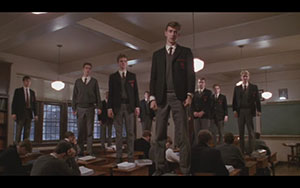
The films we love tend to have profoundly moving climaxes. In my next 10 posts I’ll explore how to craft a truly transcendent ending.

My final tips to the departing AFTRS Grad Cert Screenwriting cohort of 2013.
